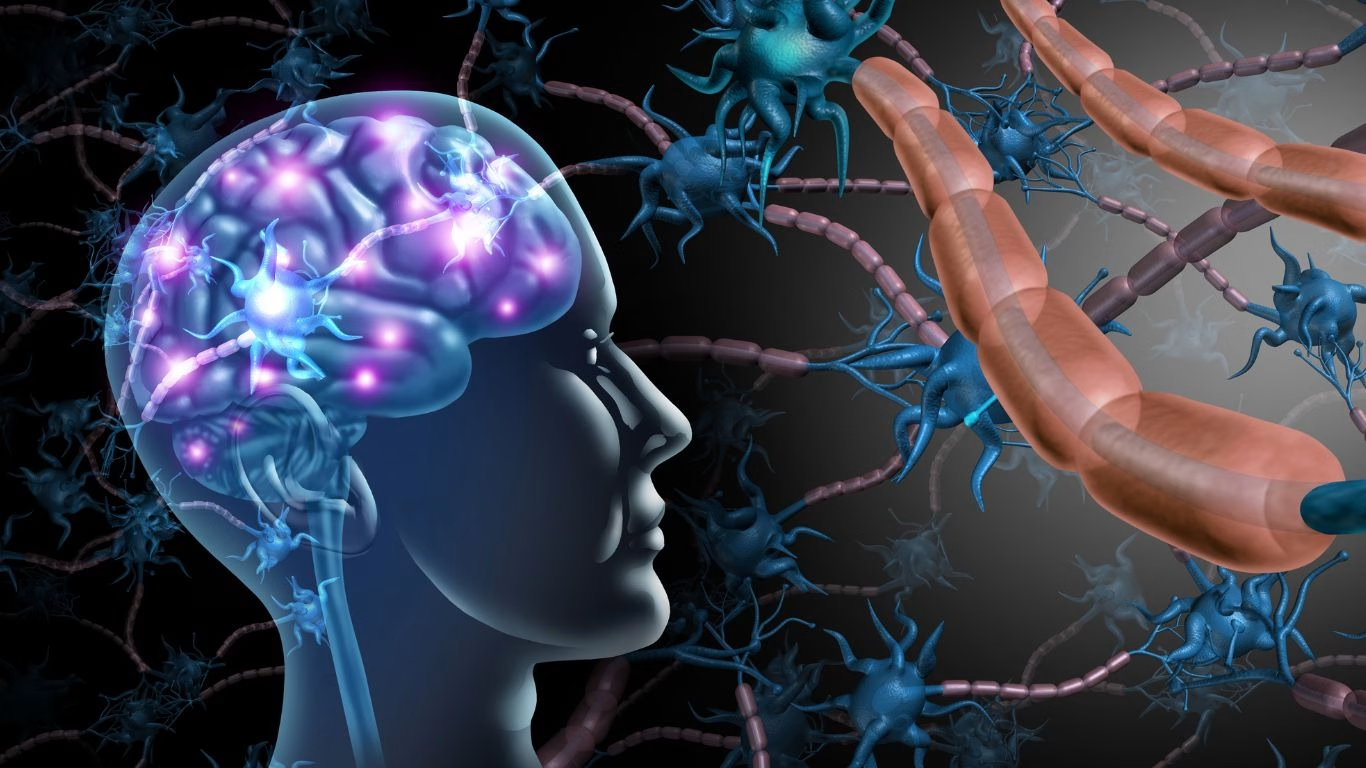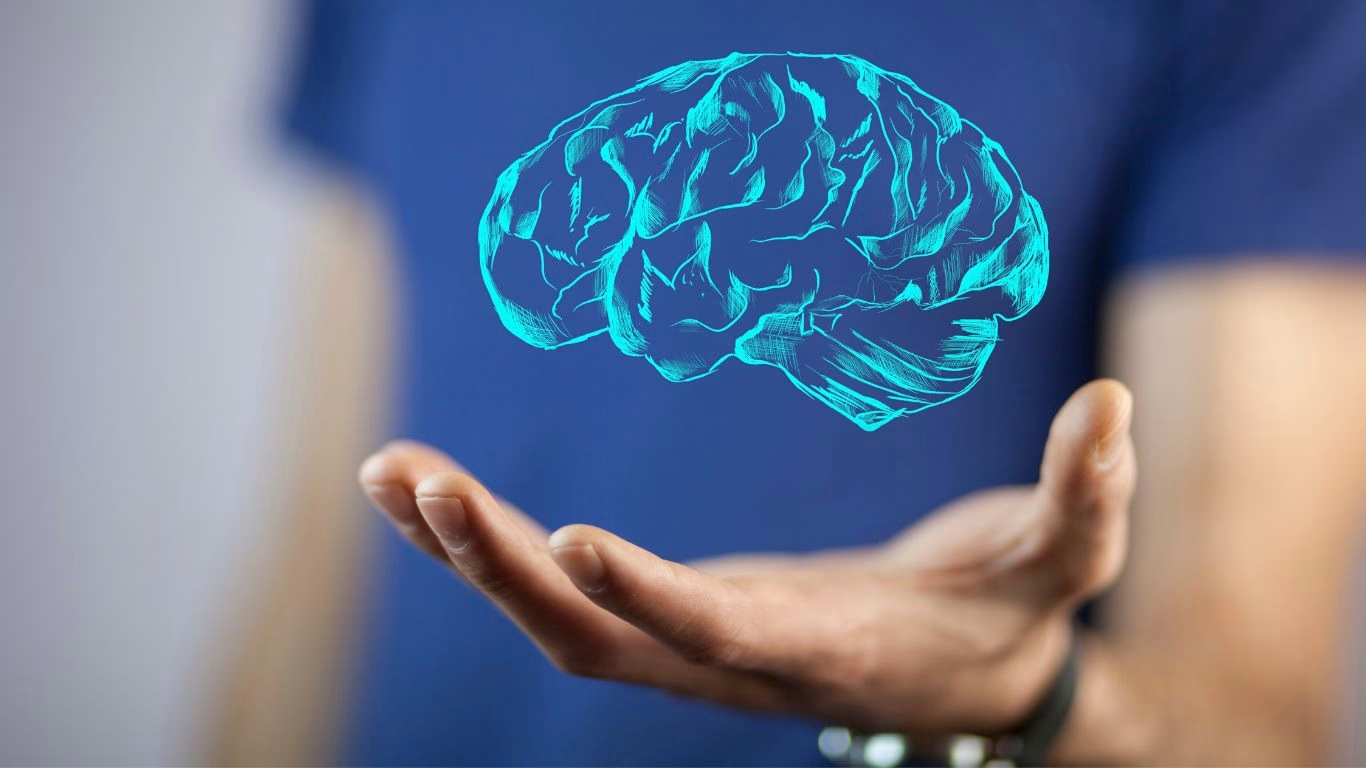In the world of wellness, it’s easy to feel overwhelmed by the jargon. Words like somatic, vagus nerve, and alpha brain wave meditation are everywhere, but what do they really mean?
Whether you’re just beginning your journey or looking to deepen your understanding, here are 10 key health and wellbeing terms that can help you better understand your body, your nervous system, and how to support true mind-body balance.
1. Somatic
Derived from the Greek word soma, meaning “body”, somatic refers to anything related to the body, particularly how we experience the body from the inside out.
In the context of wellness and healing, somatic practices involve tuning into bodily sensations (like tightness, warmth, or pressure) to understand emotional or physical states. Rather than analysing the mind, somatic approaches use the body as the entry point to healing, often through gentle movement, breath, or stillness.
2. Neuroscience
Neuroscience is the scientific study of the nervous system, including the brain, spinal cord, and complex web of neural pathways that regulate everything from memory to mood to pain.
In health and wellness, the National Institute of Neurological Disorders and Stroke notes neuroscience helps explain how our thoughts, behaviours, and bodily experiences are shaped by brain activity. Understanding concepts like neuroplasticity (the brain’s ability to change) and pain perception can empower us to retrain the nervous system in practical, powerful ways.
3. Alpha Brain Wave Meditation
Our brain emits different types of waves depending on our state of consciousness. Alpha brain waves occur when we’re calm but alert – like during daydreaming, light meditation, or just before sleep.
Alpha brain wave meditation is a technique that uses breath, sound, or guided imagery to help the brain drop into this relaxed-yet-aware state. This can be beneficial for reducing anxiety, enhancing focus, and improving emotional regulation.
Put simply, alpha brain wave meditation helps you access the “in-between” zone (neither hyper-alert nor fully switched off) where the body and mind are most open to restoration.
4. Mindful Movement
Unlike traditional exercise, mindful movement isn’t about reps, results, or sweating it out. It’s about paying attention while you move – noticing your breath, your body’s sensations, and your emotional state.
Mindful movement can include practices like yoga, tai chi, walking meditation, or slow, intentional mobility work. The focus is less on performance and more on presence, making it especially valuable for those dealing with pain, burnout, or nervous system overload.
5. The Vagus Nerve
The vagus nerve is the longest cranial nerve in your body. And one of the most important. It connects your brain to your heart, lungs, gut, and more, and plays a key role in the parasympathetic nervous system, also known as the “rest and digest” system.
When the vagus nerve is well-regulated, you feel calm, grounded, and able to cope with stress. But when it’s underactive (or overstimulated), it can contribute to anxiety, fatigue, digestive issues, and inflammation.
Practices like humming, deep breathing, cold exposure, and even gentle movement can stimulate the vagus nerve and support nervous system health.
6. Polyvagal Theory
Closely linked to the vagus nerve, polyvagal theory (developed by Dr. Stephen Porges) explores how our nervous system responds to safety and threat. It explains why we might freeze, shut down, or lash out in times of stress, even when we logically know we’re okay.
Understanding polyvagal theory can help people reframe emotional reactions, trauma responses, and chronic pain through a nervous system lens, offering compassion rather than blame.
7. Neuroplasticity
Neuroplasticity is your brain’s ability to change, adapt, and form new connections over time. This happens constantly – through learning, movement, and even how we respond to stress.
For those recovering from trauma or managing chronic health conditions, neuroplasticity offers a hopeful message: change is always possible. Through repetition, awareness, and consistency, we can build new patterns of calm, connection, and resilience.
8. Interoception
Interoception is your brain’s ability to sense what’s going on inside your body. Think: noticing your heartbeat, sensing hunger, or feeling that “gut instinct”.
Poor interoception can lead to disconnection, anxiety, or a sense of being “out of sync” with yourself.
Somatic and mindful movement practices are powerful tools for strengthening interoceptive awareness, helping you feel more present, more embodied, and more in control. Psychology Today offers a great explanation of interoception and its role in emotional wellbeing (read more here).
9. Dysregulation
A nervous system in dysregulation struggles to move fluidly between stress and rest. You may feel stuck “on” (anxious, reactive) or stuck “off” (fatigued, shut down). Harvard Health explains that over time, chronic dysregulation can contribute to physical symptoms, pain, and emotional exhaustion.
The goal of many mind-body practices is to help regulate the nervous system, so you can respond to life’s ups and downs with more ease, resilience, and adaptability.
10. Self-Regulation
Self-regulation is your ability to return to balance after a stressful experience. It’s not about being calm all the time. It’s about noticing when you’re not, and having tools to gently bring yourself back to centre.
Breathwork, mindful movement, meditation, and grounding techniques are all ways to build self-regulation. The more you practise, the more your body learns that it’s safe to soften, settle, and come home to itself.
Final Thoughts
Language matters – especially when it comes to our health. Understanding these foundational phrases gives you more than just vocabulary; it gives you agency.
Because when you know how your body and mind work together, you can start making choices that support both. You can move slower, breathe deeper, and honour the subtle ways your body speaks to you every day.
And that’s where true wellbeing begins.






